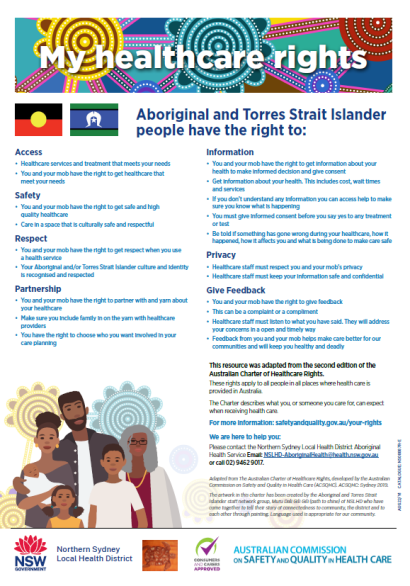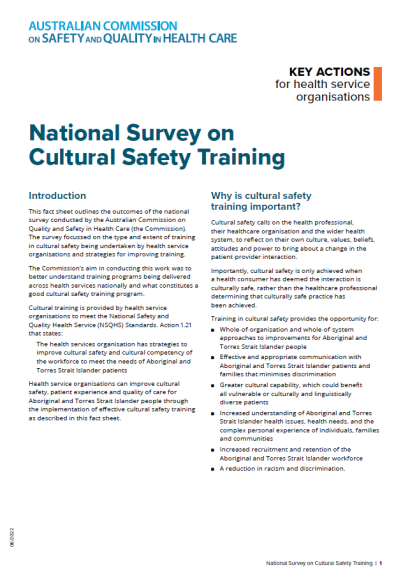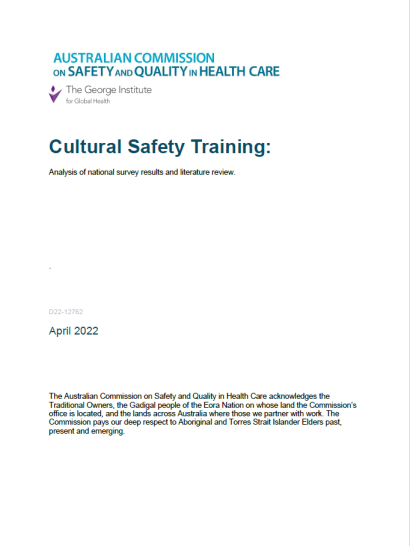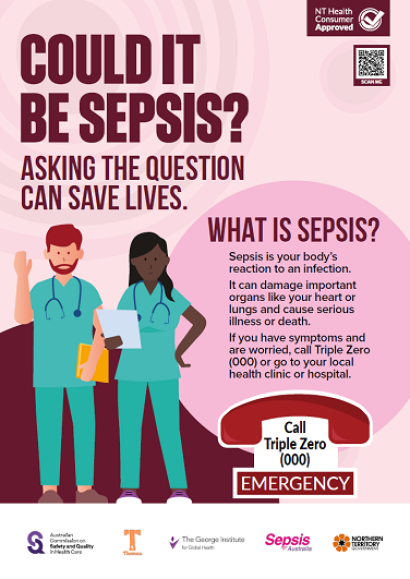To support implementation of the NGPA Scheme, the Australian Commission on Safety and Quality in Health Care (the Commission) provides guidance for the following:
- Notification of significant risk
- Extensions and appeals
- Out-of-cycle assessments
- Hybrid assessments
- Early assessments.




